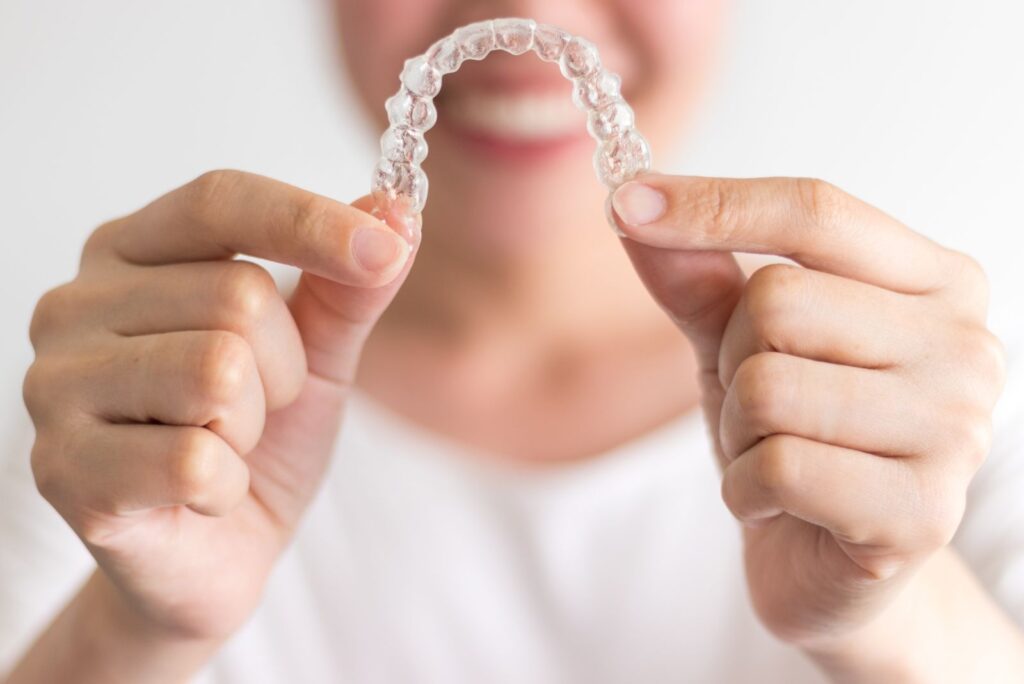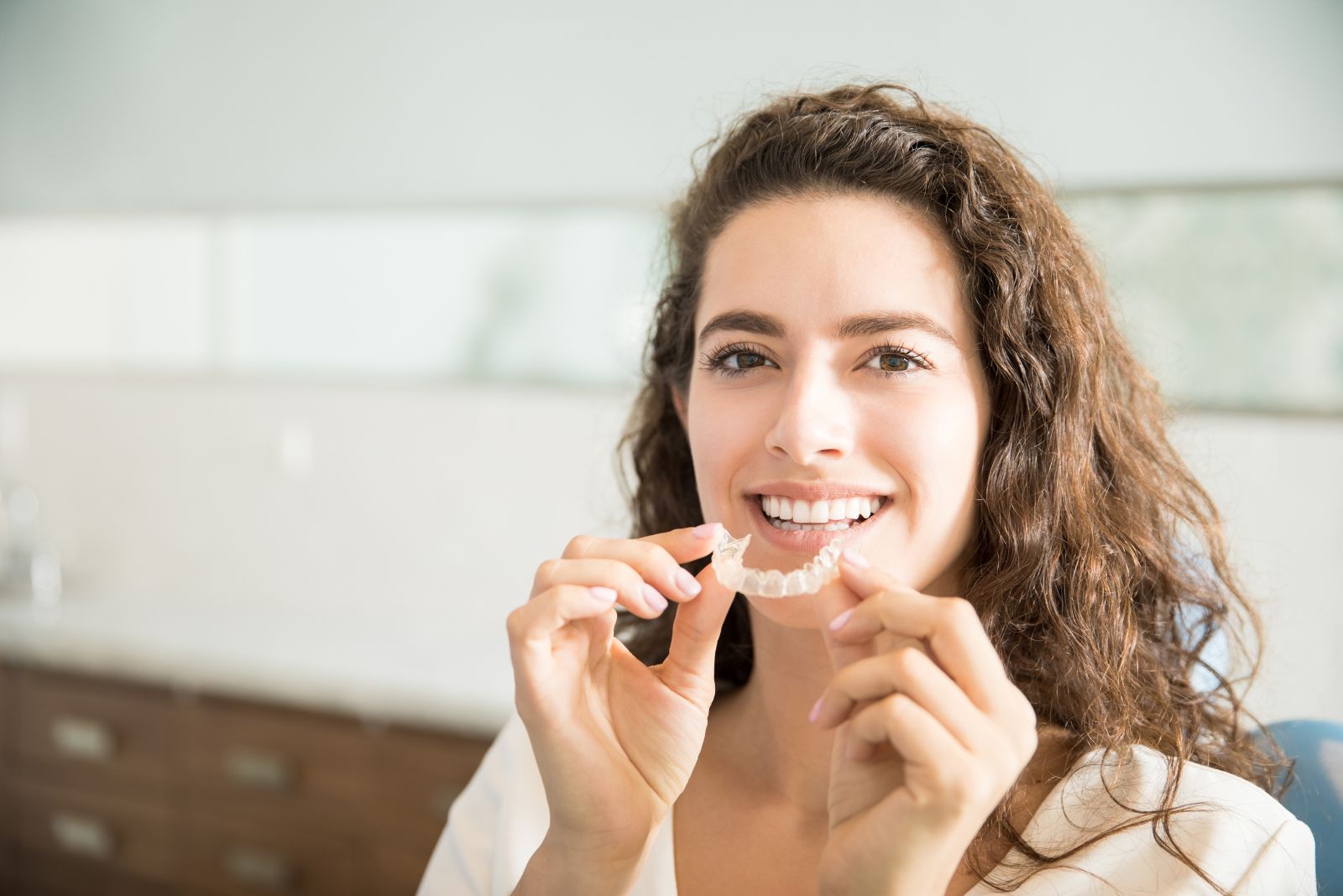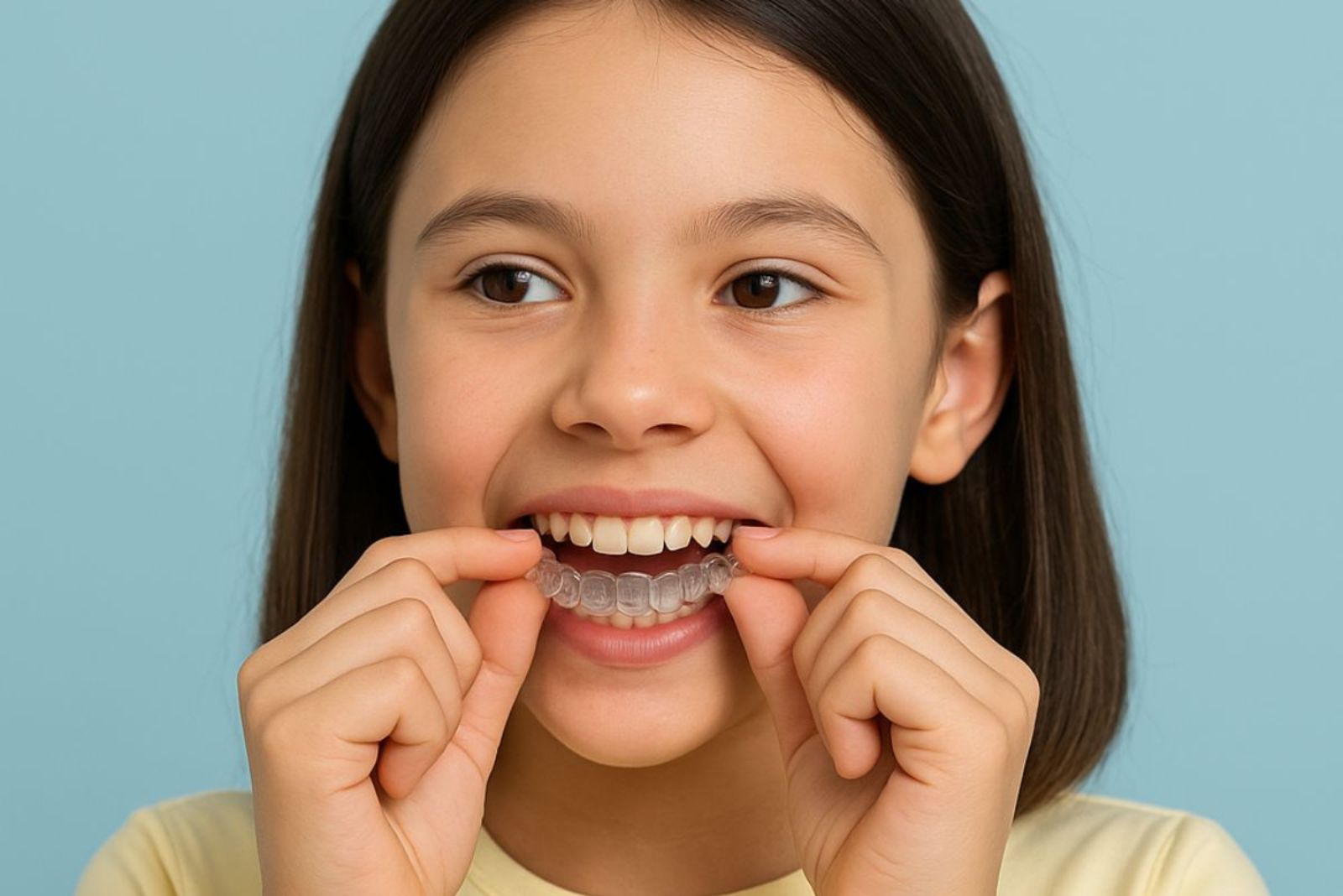As a parent, choosing the right orthodontic treatment for your child can feel overwhelming. With so many options available, the decision often comes down to two main choices: traditional braces or Invisalign.
Both treatments have their pros and cons, and the right choice depends on your child’s unique dental needs, lifestyle, and preferences.
This comprehensive guide will explore the differences between Invisalign and braces, their benefits, drawbacks, costs, and what to consider when making your decision.
By the end, you’ll have a clearer understanding of which option might be better for your child’s smile and overall oral health.
What Are Traditional Braces?
Braces are the time-tested method of straightening teeth. They consist of metal brackets that are bonded to each tooth and connected by wires and elastic bands.
Over time, they apply pressure to gradually shift the teeth into their correct positions.
Benefits and Drawbacks of Braces for Kids
Braces are a trusted solution in Methuen, especially for children with complex dental issues. They are highly effective for correcting severe misalignments, overcrowding, bite problems, and even jaw development concerns.
One of the biggest advantages of braces is that they don’t require any discipline from the child—since they’re fixed to the teeth, there’s no option to remove them.
This ensures consistent treatment progress without the risk of forgetting or losing aligners.
Additionally, many kids love the ability to personalize their braces with colorful bands, which can make the experience more fun and boost their confidence.
However, there are a few drawbacks to consider. Aesthetic concerns are common, as some children may feel self-conscious about the appearance of metal braces.
There are also dietary restrictions—kids need to avoid sticky, hard, or chewy foods that could damage the brackets or wires.
Another challenge is maintaining good oral hygiene. Braces can make brushing and flossing more difficult, and if not cleaned properly, they can increase the risk of cavities or gum disease. Parents and kids should be aware of these factors when deciding if braces are the right option.
What Is Invisalign?

Invisalign is a modern alternative to braces. It uses a series of custom-made, clear plastic aligners that gradually move teeth into place.
These aligners are removable and nearly invisible, making them a popular choice among both teens and adults.
Benefits of Invisalign for Children
- Appearance: The clear aligners are discreet, which can help boost your child’s confidence during treatment.
- Removable: Invisalign trays can be taken out during meals and for brushing, making it easier to maintain oral hygiene.
- No Food Restrictions: Kids can eat all their favorite foods, as the aligners are removed before meals.
- Fewer Office Visits: Invisalign often requires fewer orthodontic appointments, which is convenient for busy families.
Drawbacks of Invisalign
- Requires Responsibility: Because the aligners are removable, children must be disciplined enough to wear them for 20–22 hours per day.
- Not Ideal for Complex Cases: Invisalign may not be suitable for severe orthodontic issues that require more advanced corrections.
- Can Be Lost Easily: Younger children may lose or misplace the aligners, leading to treatment delays or added costs.
Comparing Treatment Outcomes
When choosing between Invisalign and braces, consider the severity of your child’s dental problems.
Braces are generally better for complex issues like large gaps, rotated teeth, and bite alignment. Invisalign is most effective for mild to moderate crowding and spacing issues.
Orthodontists will usually take X-rays, impressions, and photographs to determine the best course of action.
Both treatments aim to achieve the same result—a healthy, beautiful smile—but the method to get there may vary depending on your child’s needs.
If you’re looking for orthodontic care in Methuen, you’ll find several dental practices that specialize in both treatment options for kids and teens.
Cost Comparison
One of the most significant factors for many parents is cost. Here’s how braces and Invisalign typically compare:
- Traditional Braces: $3,000 – $7,000
- Invisalign: $3,000 to $8,000
In general, the costs are similar, but Invisalign may be slightly more expensive, especially if your child needs replacement trays due to loss or damage.
It’s worth noting that many dental insurance plans cover both types of treatment partially. You should check with your provider to understand your benefits and out-of-pocket expenses. Flexible payment plans are also often available through orthodontists.
Comfort and Pain Management
Another major difference between Invisalign and braces is comfort.
- Braces can cause soreness, especially after adjustments. Wires and brackets might irritate the inside of your child’s mouth. Orthodontic wax can help relieve some of the discomfort.
- Invisalign tends to be more comfortable since there are no metal components. However, there may still be mild discomfort when switching to a new set of aligners every few weeks.
Pain is generally temporary for both treatments and can be managed with over-the-counter pain relief and proper care.
Treatment Duration
The length of treatment depends on the complexity of the case and how well your child follows instructions.
- Braces typically take 18 to 36 months.
- Invisalign usually takes 12 to 24 months.
Compliance plays a big role in Invisalign treatment time. If your child doesn’t wear the aligners as instructed, it can prolong the process. Braces, being fixed, don’t rely on patient compliance as heavily.
Lifestyle Considerations
Here are a few lifestyle-related questions to think about:
- Does your child play contact sports? Braces can pose a risk of mouth injury. Invisalign aligners can be removed during play, and a mouthguard can be worn.
- Is your child responsible enough to wear aligners as directed?
- Does your child mind regular orthodontic appointments and adjustments?
Some children prefer the simplicity of braces, while others like the discreet and flexible nature of Invisalign. It depends on your child’s maturity, personality, and preferences.
Speech and Social Confidence
Children and teens are often very conscious of their appearance and how their peers perceive them.
Invisalign’s clear aligners are nearly invisible, which can help children feel more confident in social settings.
This can be especially helpful during school years when social interactions are important for self-esteem.
On the other hand, many kids adapt quickly to braces and even embrace them as a rite of passage.
The choice may ultimately come down to your child’s personal feelings about how they look and speak with each option.
If you’re in Methuen, consider consulting a local kids orthodontics who offers initial consultations to help your child make a confident, informed decision.
Maintenance and Follow-Up
With braces, your child will need regular visits for tightening and checks—typically every 4 to 8 weeks. Invisalign requires periodic check-ins too, but usually with fewer appointments.
Daily maintenance is also crucial:
- Braces: Meticulous brushing and flossing around brackets are essential. A water flosser or special orthodontic flossers can help.
- Invisalign: Aligners must be cleaned daily to avoid bacteria build-up. Kids should brush their teeth before putting the aligners back in after eating.
Good oral hygiene is critical in both cases to prevent issues like cavities or gum disease during treatment.
What Does the Orthodontist Recommend?
Before deciding, consult with an experienced orthodontist who specializes in Pediatric Dentistry.
They will assess your child’s teeth, bite, and jaw to determine which treatment option will be most effective.
Every child is different, and expert guidance ensures that your decision is based on your child’s specific needs.
Many dental practices now use digital scanners and 3D imaging to map out a precise treatment plan for both dental braces and Invisalign.
Your orthodontist can even show a digital preview of what your child’s smile could look like post-treatment.
If you’re located in or near Methuen, look for an orthodontist who has experience with children and teens—this ensures your child receives the best care tailored for young patients.
Conclusion
Choosing between Invisalign and braces depends on your child’s dental needs, responsibility level, and lifestyle.
Braces are fixed and visible, ideal for complex cases but come with food restrictions and tougher hygiene. Invisalign is clear, removable, and allows easier brushing and eating, but requires discipline to wear 20–22 hours daily and may not suit severe cases.
Invisalign typically takes 12–24 months with fewer visits, while braces may take 18–36 months. If your child is responsible and prefers a discreet option, Invisalign may be better. Always consult a pediatric orthodontist to find the most effective, age-appropriate solution for your child’s smile.
Ready to take the first step toward a healthier smile? Schedule a consultation with a pediatric orthodontist today to explore the best treatment option for your child!
Source:
- https://bozicdds.com/what-is-best-for-kids-invisalign-vs-traditional-braces/
- https://www.sproutpediatricdentistry.com/blog/orthodontics/invisalign-vs-braces/
- https://denveryouthdentistry.com/invisalign-or-braces-for-kids-pros-and-cons/
- https://www.matthewsanddai.com/braces-vs-invisalign-kids-orthodontic-treatment-spring/








